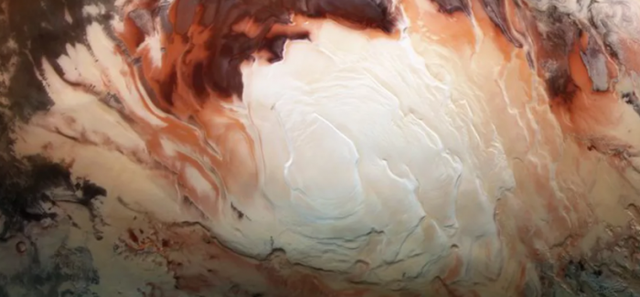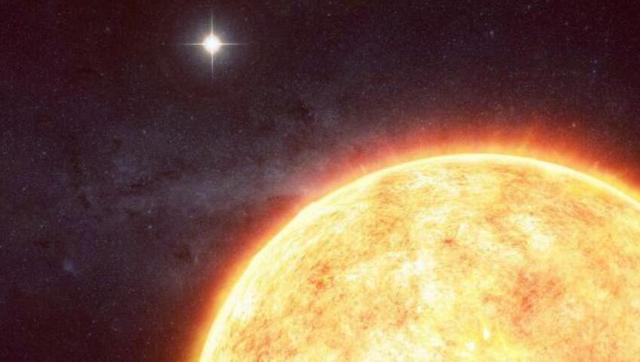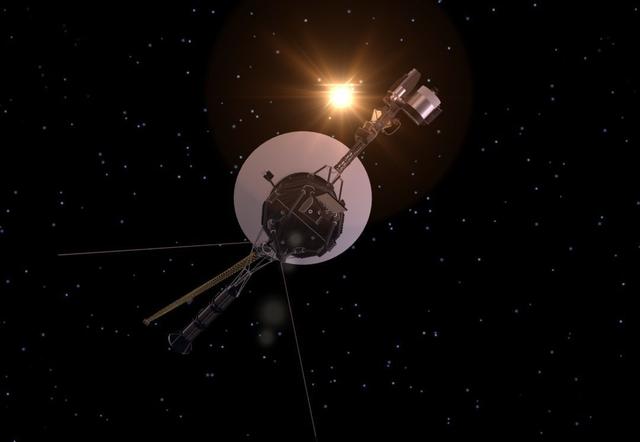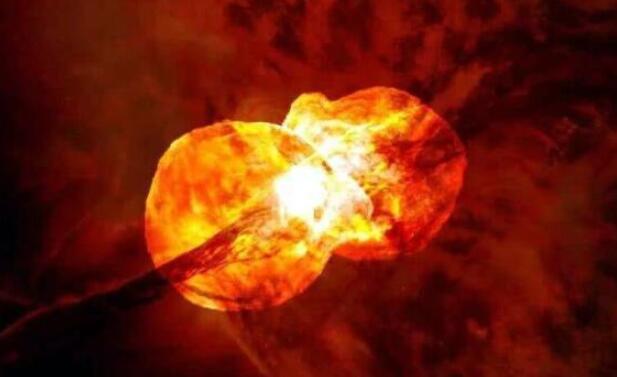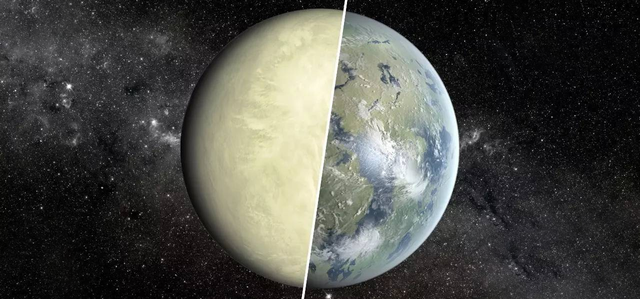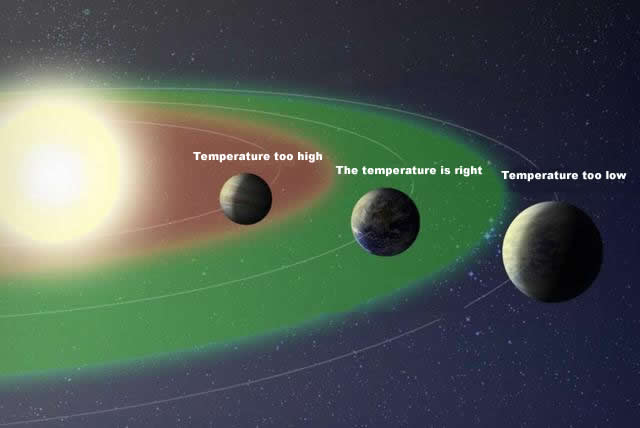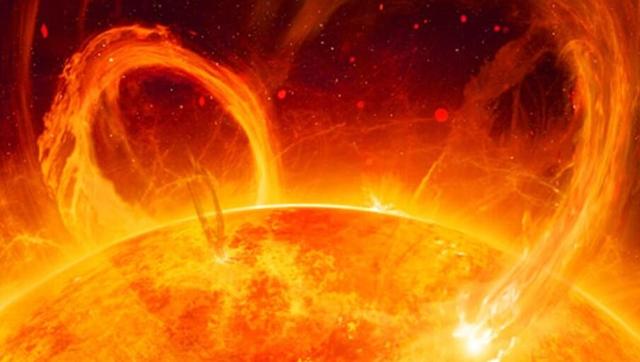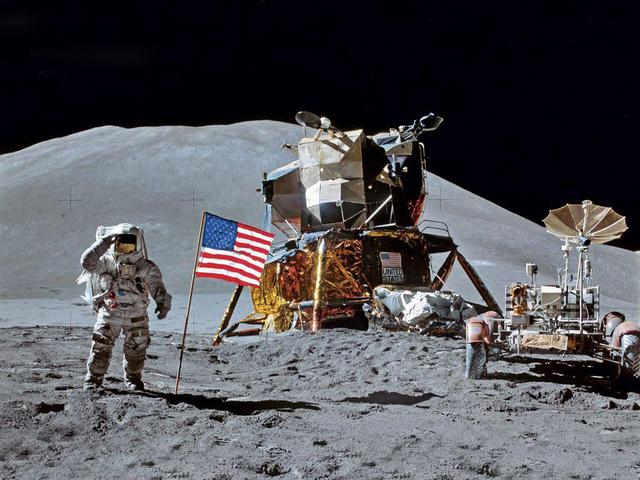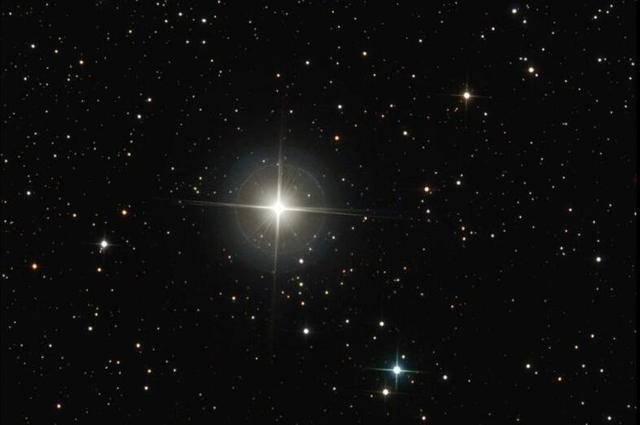Rover captures avalanches on mars
For decades, scientists have been observing a number of avalanches on the surface of mars, which are known as dark landslides with slope streaks. Orbiting probes have been spotting dark landslides on the surface of mars since the 1970s, and later probes have been observing these dark landslides as they fly over the planet. Although the discovery was made a long time ago, scientists have debated the discovery for decades. This is because scientists do not know whether these dark landslides on the surface of mars are the result of water activity on the surface of mars, or whether they are the result of some unknown form.

Data returned by the odyssey mars rover suggests that these slope streaks, which generally appear on the sides of hills and mountains in martian craters, may have formed as a result of frost formed by carbon dioxide at low temperatures.sylvain piqueux of nasa's jet propulsion laboratory in southern california says that when the sun rises on mars there are long shadows extending out over the surface of the planet and the sun hits after these areas, these frosts of carbon dioxide vaporise within minutes.

The hirise camera on nasa's mars reconnaissance orbiter also photographed an avalanche in an area called acheron fossae on december 3, 2006, and similar landslides and avalanches have occurred in other areas at the same latitude. The scientists said their first thought about the mars reconnaissance orbiter's findings was that water ice material might be buried in these areas, as the acheron fossae region is closer to the equator and has relatively high temperatures, and carbon dioxide in these areas cannot form frost, so it could be related to water ice material.

Of course, scientists still do not have a comprehensive and in-depth understanding of these phenomena on mars, after all, the data collected by the rovers and the images returned are still very limited, so further research is needed to determine whether the landslides and avalanches on mars are caused by the vaporisation of dry ice after solar irradiation, or by the liquefaction of water ice material.

Is there really water on mars?
This is a question of concern to many people. Because mars is another earth-like planet in the habitable zone in our solar system besides the earth, it has many similarities with the earth and is considered by many to be a future second home for humans in our solar system. After all, with the current level of human development, it would be difficult to migrate out of the solar system, let alone to a distant exoplanet in the short term. Therefore, if humans want to migrate to outer planets in the future for some time, they can only choose within the solar system.

There are eight planets in our solar system. Jupiter, saturn, uranus and neptune are relatively large in size and quite far away from the earth, and most importantly, they are all gaseous planets, so it is obviously impossible for them to become our "Second home". Mercury and venus are earth-like planets like earth, but mercury is very close to the sun and venus has a particularly strong greenhouse effect, so the surface temperatures of both planets are quite high and they are not suitable for us to live on. Mars, on the other hand, is a little better than these planets.

On the one hand, mars is not particularly far from earth, and it is not really that difficult for humans to go there anymore. Nasa plans to send astronauts to mars in the 1930s or early 1940s of this century, and the whole trip to mars will take about 500 days. On the other hand, mars is a relatively good environment with lower temperatures compared to mercury and venus. The question is, is mars really habitable for us?

If mars is protected by a magnetic field like our planet, has an average temperature of over 10°c, a dense atmosphere and liquid water, then it is theoretically habitable. Only now mars is extremely inhospitable, like the desert and gobi desert regions of earth, without a trace of life. Although mars also has an atmosphere, it is extremely thin, with only about 1% of the air density of earth. Moreover, the main component of the martian atmosphere is carbon dioxide, with very little oxygen, so the martian surface is extremely cold and dry.

Such a martian environment is clearly not suitable for direct human habitation. One of the first big problems is water. If water is transported from earth to mars, it would be very difficult for astronauts to live on top of mars, let alone to migrate there on a large scale.

Don't look at the dry martian environment, many rovers have actually found a large amount of water on mars, it's just that this water exists in the form of water ice material due to the relatively low temperature of mars. For example, there is a large amount of water ice material underneath the utopia plain, the landing zone of the zhu rover, and this water ice material is present just 1 metre below the surface of mars.

This means that when we arrive on mars, we could theoretically mine the water ice directly underneath the planet and then process it to obtain drinking water. Then by decomposing the water, we can also get oxygen and hydrogen gas. This is of great importance for the future exploration of mars, as we do not need to transport water from earth in order to live on mars. Of course, the process of landing humans on mars is a complex one, and at this stage we are not able to achieve it yet.

